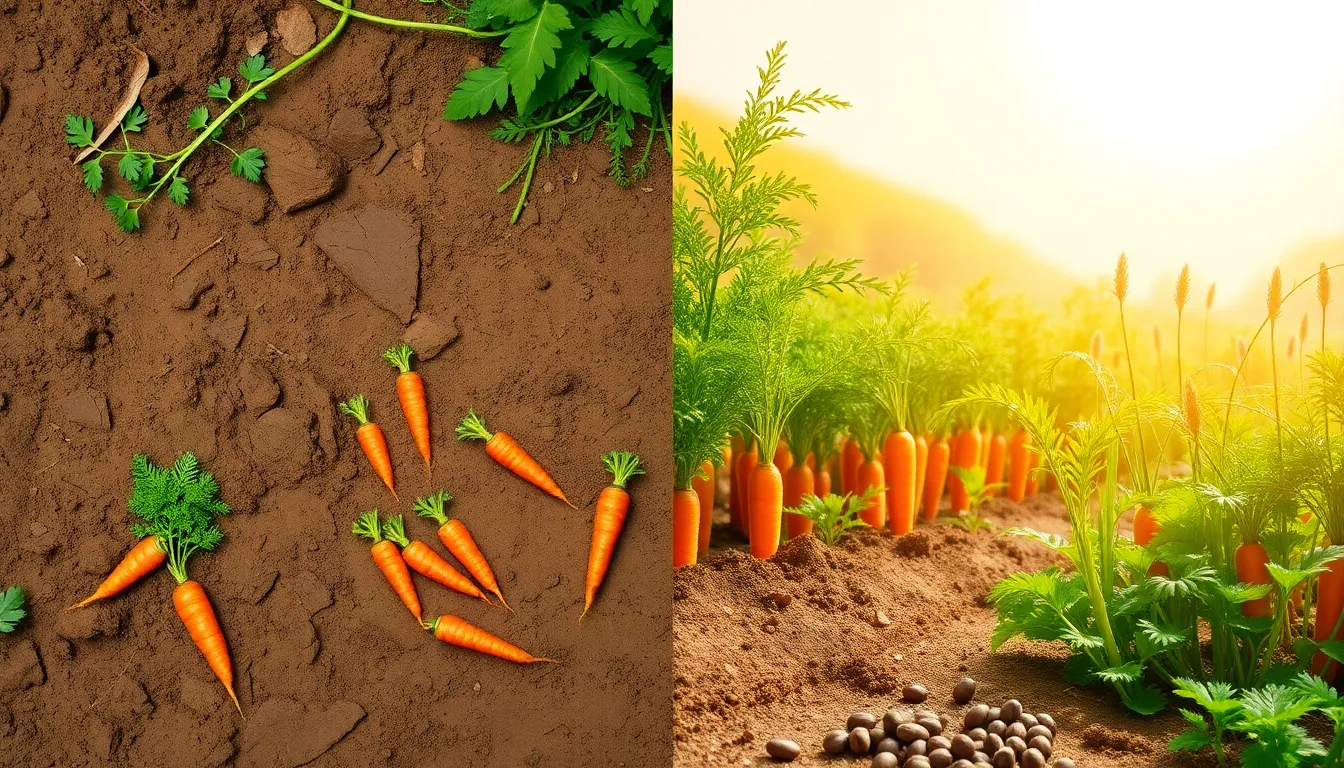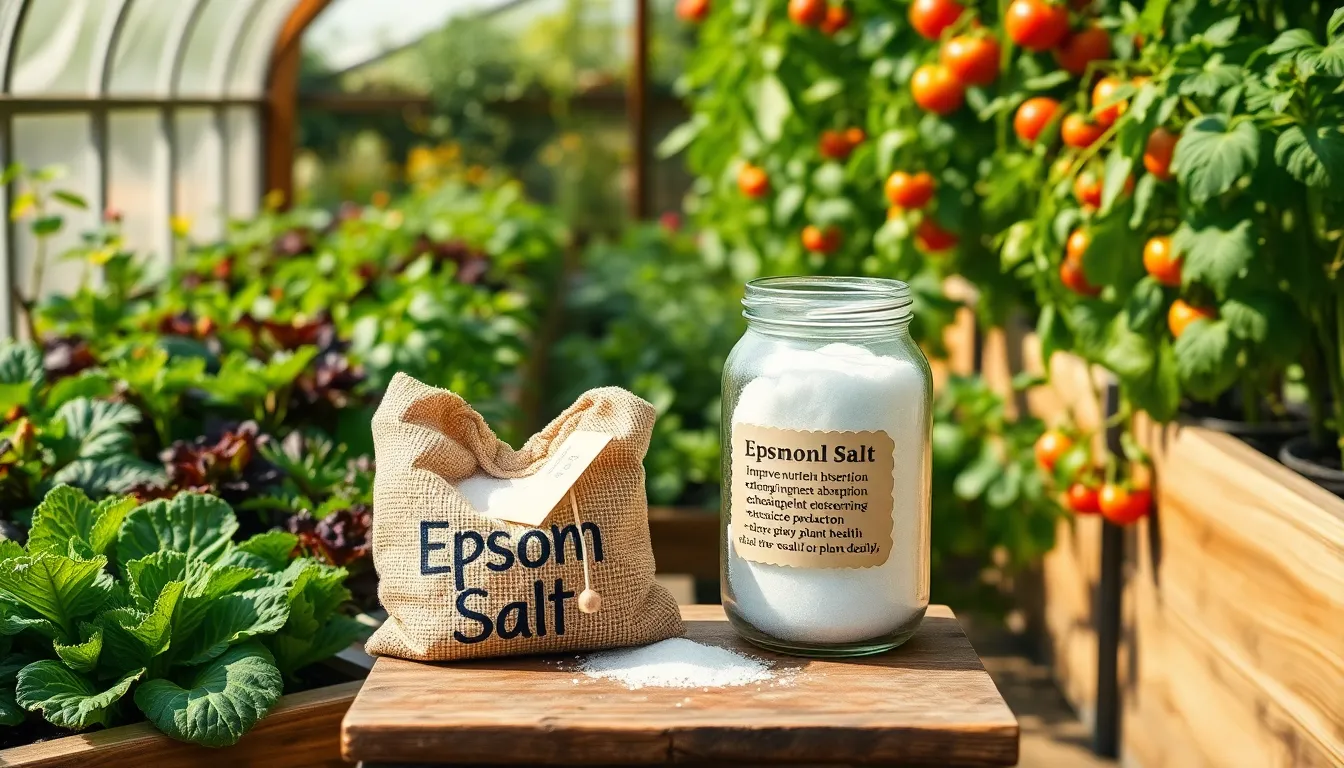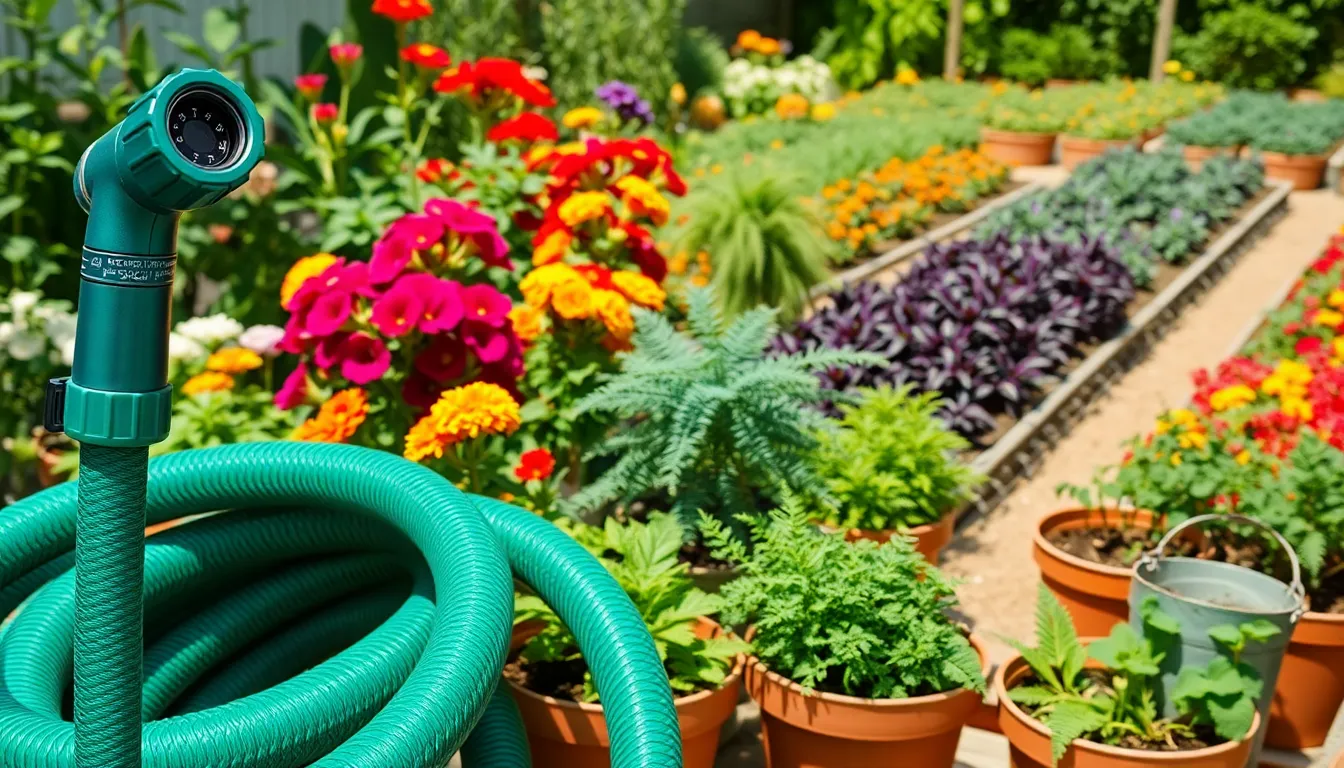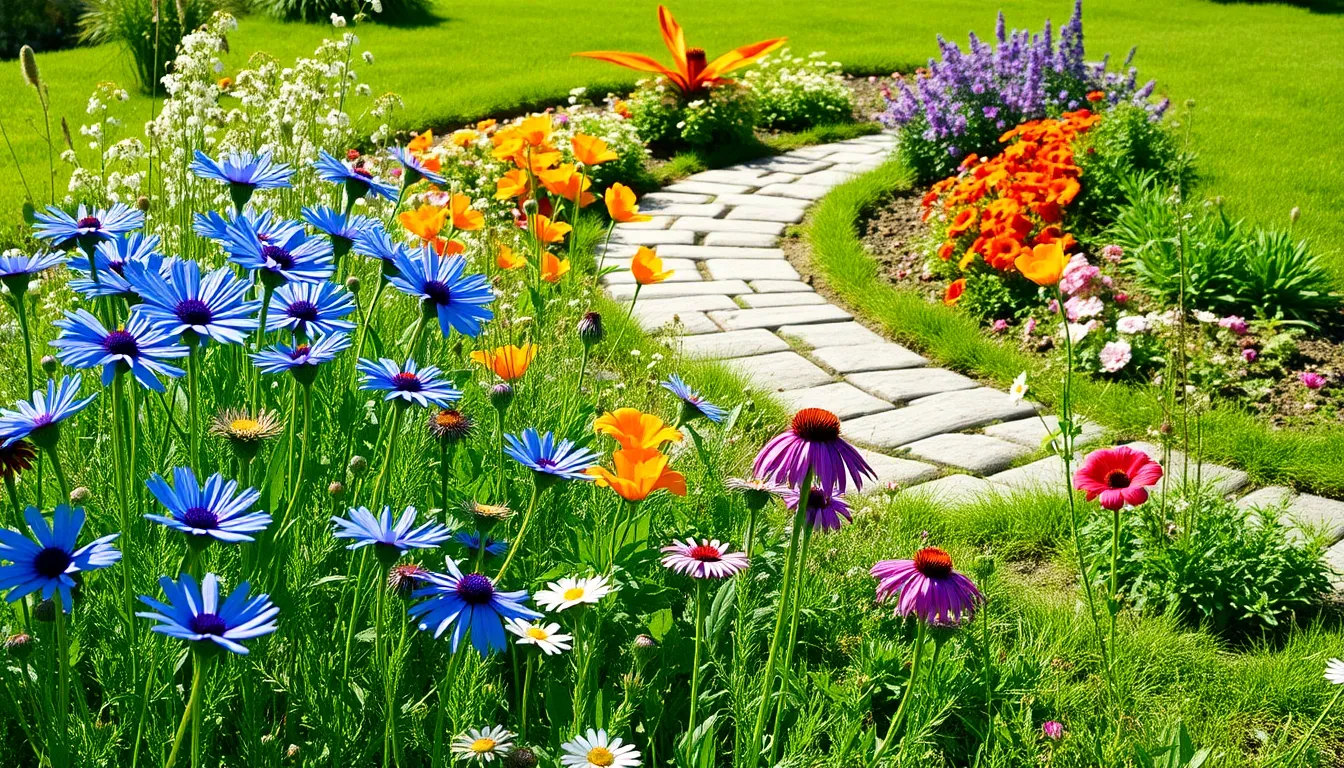Growing carrots from seed can feel like a rite of passage for gardeners, both new and seasoned. There’s something undeniably rewarding about pulling a perfectly formed carrot from the soil, knowing you nurtured it from the tiniest of seeds. Yet, the road to carrot triumph is paved with common missteps that can easily turn your veggie dreams into a stringy, twisted reality. Understanding these potential pitfalls is key to ensuring your carrot harvest is as bountiful and vibrant as you’ve envisioned.
Whether you’re just getting your hands dirty for the first time or you’ve been turning soil for years, refining your carrot-growing technique can make all the difference. This article will guide you through the crucial mistakes to avoid, transforming challenges into opportunities for growth. You’ll discover how to create optimal conditions for your carrots, from choosing the right soil to perfecting your watering routine. With our insights, you’ll be better equipped to cultivate a crop that’s not only abundant but also a testament to your gardening prowess.
In these pages, we aim to demystify the art of growing carrots, making it an approachable and enjoyable endeavor. By learning from others’ mistakes, you can sidestep common issues and instead focus on nurturing your garden to its fullest potential. Join us as we delve into the nitty-gritty of carrot cultivation, sharing practical tips and expert advice. Prepare to be inspired and empowered, ready to tackle your garden plot with renewed confidence and enthusiasm.
Poor Soil Preparation Mistakes
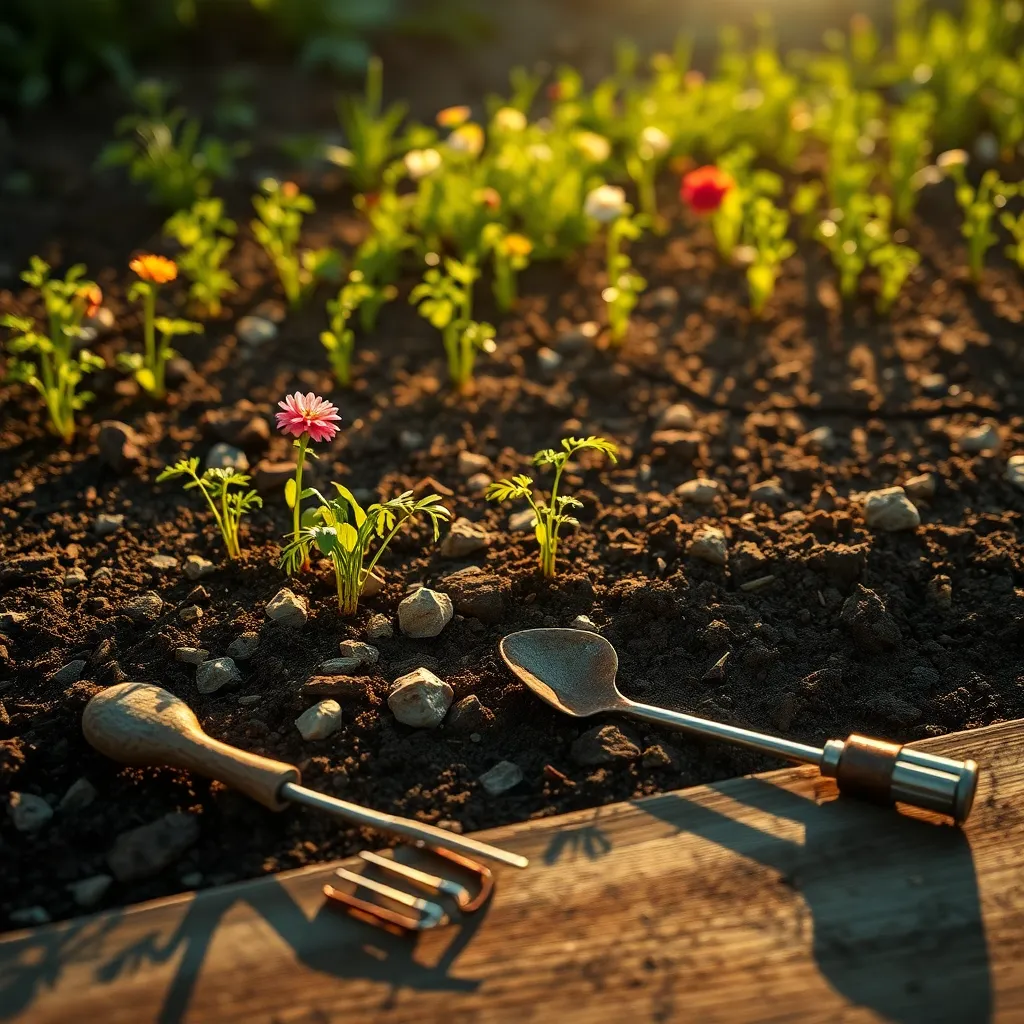
One common mistake when preparing soil for carrots is neglecting to remove rocks and clumps. Carrots need loose, well-drained soil to grow straight and strong, so ensure the soil is free of obstacles that could cause them to fork or split.
Another error is failing to mix in sufficient organic matter, like compost or well-rotted manure. Adding organic material not only improves soil structure but also enhances nutrient content, giving your carrots the best start possible.
Avoid planting carrots in heavy clay soils without amending them. Clay can impede root development and water drainage, so consider adding sand or fine gravel to improve texture and aeration.
Furthermore, it’s crucial to test soil pH, as carrots prefer a slightly acidic to neutral range of 6.0 to 6.8. If your soil is too acidic or alkaline, adjust it with appropriate amendments such as lime or sulfur to create the optimal growing environment.
Incorrect Seed Planting Depth
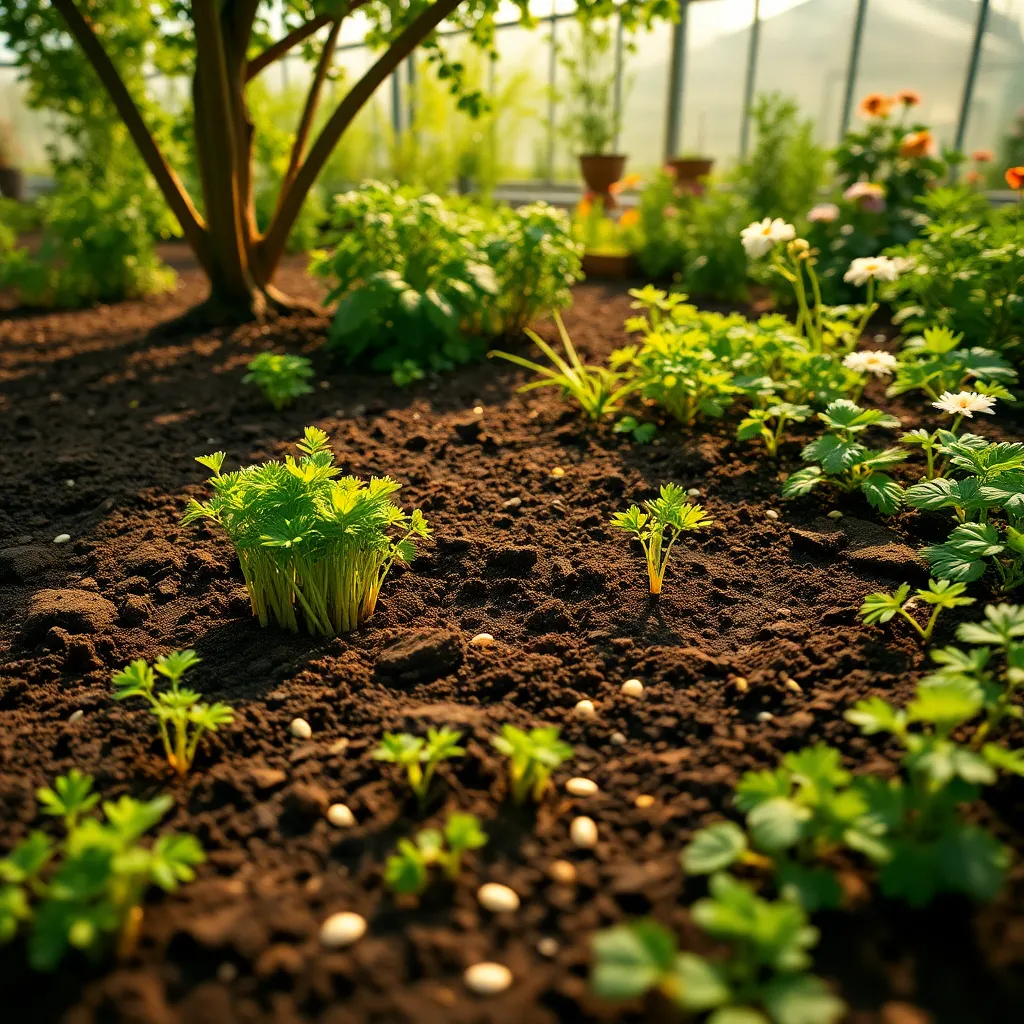
Planting carrot seeds at the correct depth is crucial for successful germination and growth. Seeds planted too deep may struggle to reach the surface, while those planted too shallow can dry out quickly.
A good rule of thumb is to plant carrot seeds about 1/4 inch deep. This depth helps maintain the right balance of moisture and allows sunlight to gently warm the soil, encouraging germination.
To achieve consistent planting depth, try using a seed planting tool or simply your finger to create small trenches in the soil. Once the seeds are in place, gently cover them with a fine layer of soil and press down lightly to ensure good seed-to-soil contact.
It’s important to water the seeds carefully after planting. Avoid heavy watering, which can displace the seeds or cause them to sink deeper; instead, use a gentle spray or mist to keep the soil evenly moist.
Inadequate Watering Practices
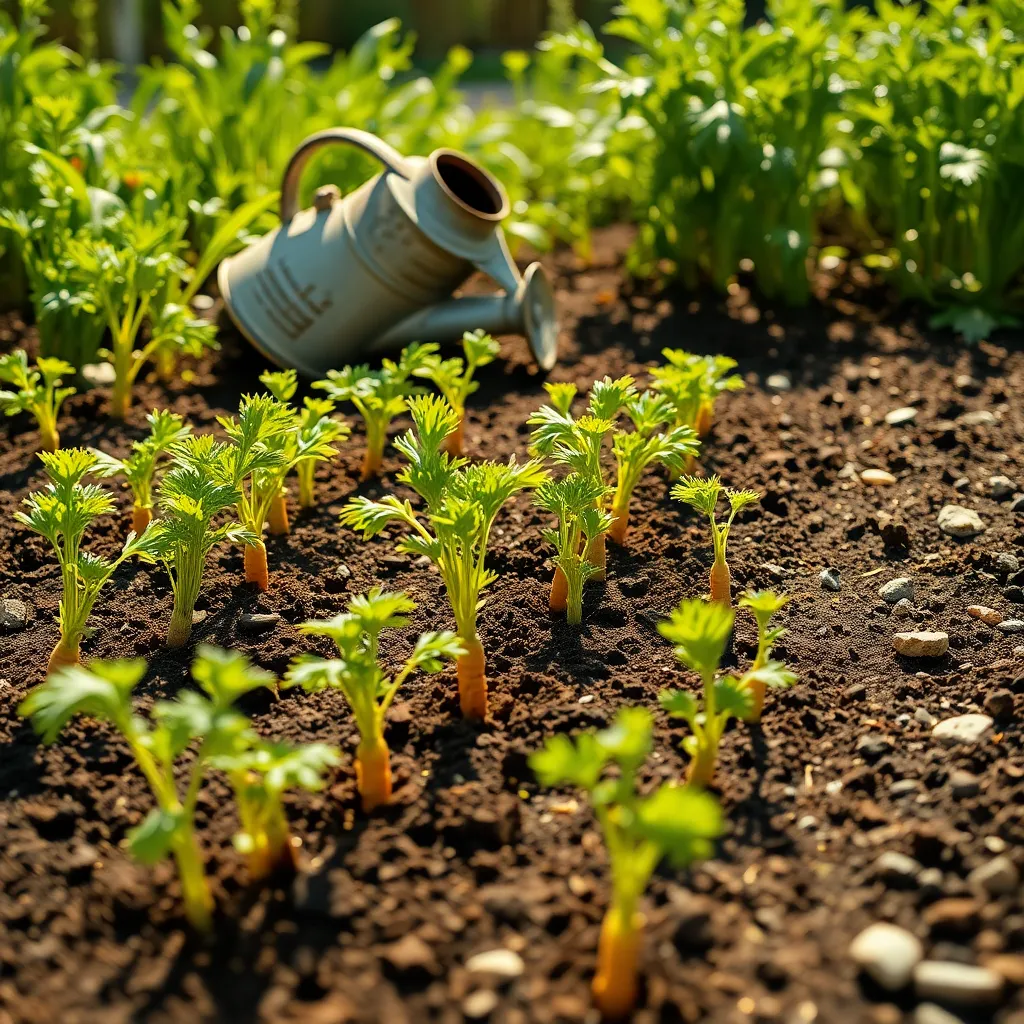
Watering carrots incorrectly is a common mistake that can hinder their growth. It’s crucial to establish a consistent watering routine to keep the soil evenly moist, especially during the germination period.
Overwatering can lead to root rot, while underwatering might cause the roots to become woody and stunted. To avoid these issues, aim to water deeply once or twice a week, depending on the weather conditions and soil type.
Soil that is well-draining yet retains some moisture is ideal for carrots. Consider amending heavy clay soils with organic matter such as compost to improve drainage and maintain moisture levels.
For those seeking advanced tips, using a soaker hose or drip irrigation system can help deliver water directly to the root zone efficiently. This method not only conserves water but also ensures that the foliage remains dry, reducing the risk of disease.
Ignoring Thinning Requirements
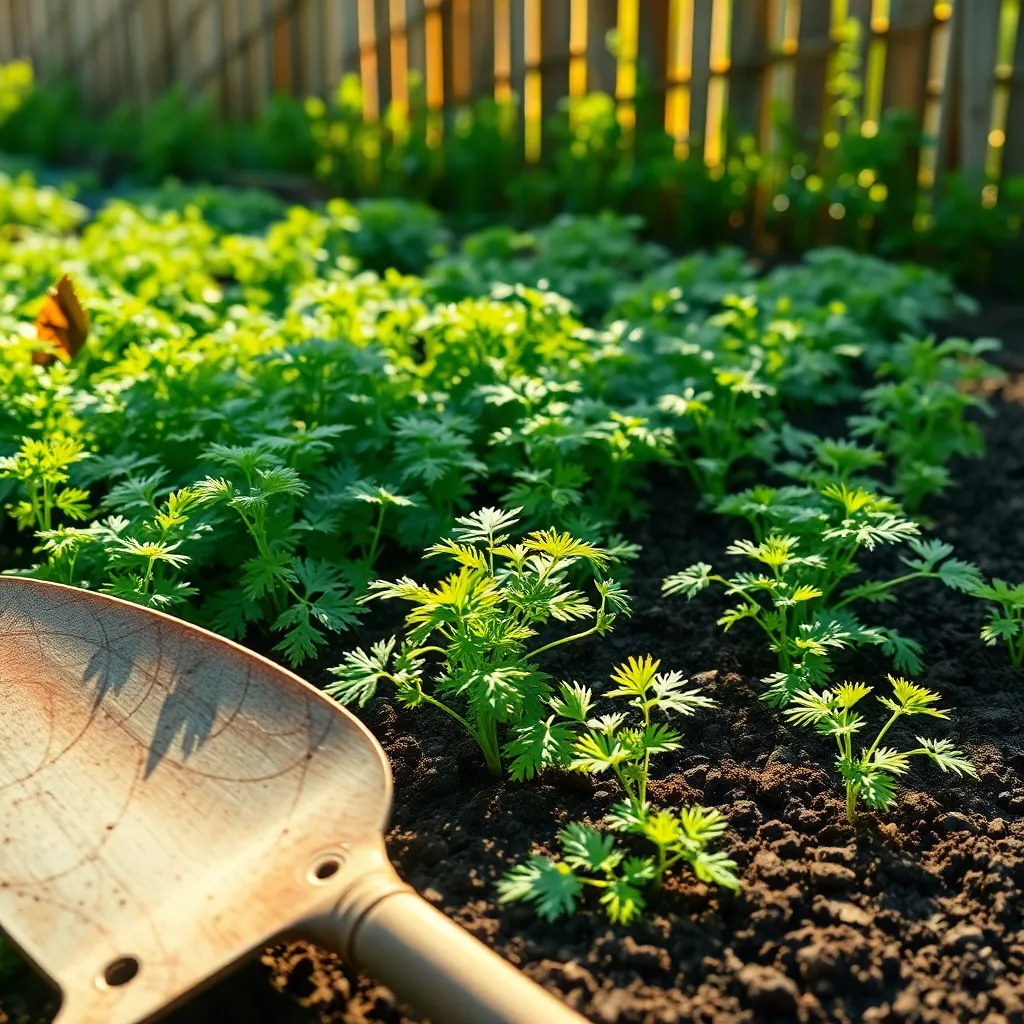
Overlooking the need to thin your carrot seedlings can lead to disappointing harvests. When carrots are crowded, they compete for resources, resulting in small, underdeveloped roots. To ensure your carrots grow to their full potential, it’s crucial to thin the seedlings to about 2-3 inches apart. Thinning is best done when the seedlings are about 2 inches tall, allowing the remaining plants ample space to thrive.
Start by gently removing excess seedlings, being careful not to disturb the roots of those you wish to keep. Using a small pair of scissors to snip the unwanted plants at soil level is an effective method to prevent root disruption. Thinning not only improves air circulation but also reduces the risk of disease, giving your carrots the best chance to mature properly.
For beginners, the idea of pulling out perfectly healthy seedlings might seem counterproductive. However, experienced gardeners know that this step is essential for a bountiful crop. If the thought of wasting seedlings bothers you, consider transplanting them to another area of your garden. This can be a great way to practice succession planting, ensuring a continuous supply of fresh carrots throughout the growing season.
Advanced gardeners might experiment with different thinning techniques, such as staggered thinning. This involves leaving some seedlings closer together and thinning them gradually over time. This method can maximize space efficiency and extend your harvest window. Whatever technique you choose, remember that thinning is a small effort with big rewards, paving the way for healthy, robust carrot roots.
Overlooking Pest Management

Overlooking pest management can lead to significant damage to your carrot crop, making it a critical aspect of gardening that shouldn’t be ignored. Carrots are susceptible to pests like carrot rust flies and aphids, which can thrive if not properly managed.
To prevent infestation, it’s essential to start with healthy seedlings and maintain a clean garden environment. Regularly removing debris and weeds can greatly reduce the habitat for pests, minimizing their impact on your plants.
Implementing crop rotation is another effective strategy to manage pests, as it prevents the buildup of pest populations in the soil. If you plant carrots in the same spot each year, you risk encouraging pest cycles that are difficult to break.
Natural pest deterrents, such as planting companion plants like onions or garlic, can help repel harmful insects. You can also introduce beneficial insects, like ladybugs, to control aphid populations naturally without chemicals.
Conclusion: Growing Success with These Plants
In nurturing relationships, just like growing carrots from seed, it’s crucial to avoid certain common pitfalls. Firstly, communication is key; misunderstandings can cause rifts if not addressed early. Secondly, patience is vital, much like waiting for seeds to sprout—relationships need time to develop and flourish. Thirdly, the importance of nurturing cannot be overstated; consistent care strengthens bonds. Fourthly, adaptability is essential; relationships, like gardens, require flexibility to thrive amidst changing circumstances. Lastly, embracing growth as a joint journey enriches the experience and leads to mutual fulfillment.
To put these insights into action, start a conversation with your partner today about one area where you can both grow together. This small step can pave the way for deeper connection and understanding. Remember, every relationship is a garden that requires intentional tending.
Bookmark this article now to keep these insights handy and refer back whenever you need a gentle reminder or a fresh perspective on your journey together. As you move forward, envision a thriving, harmonious relationship where both partners grow and flourish, drawing strength from their shared experiences. With dedication and care, you have the power to cultivate a relationship that stands the test of time.

